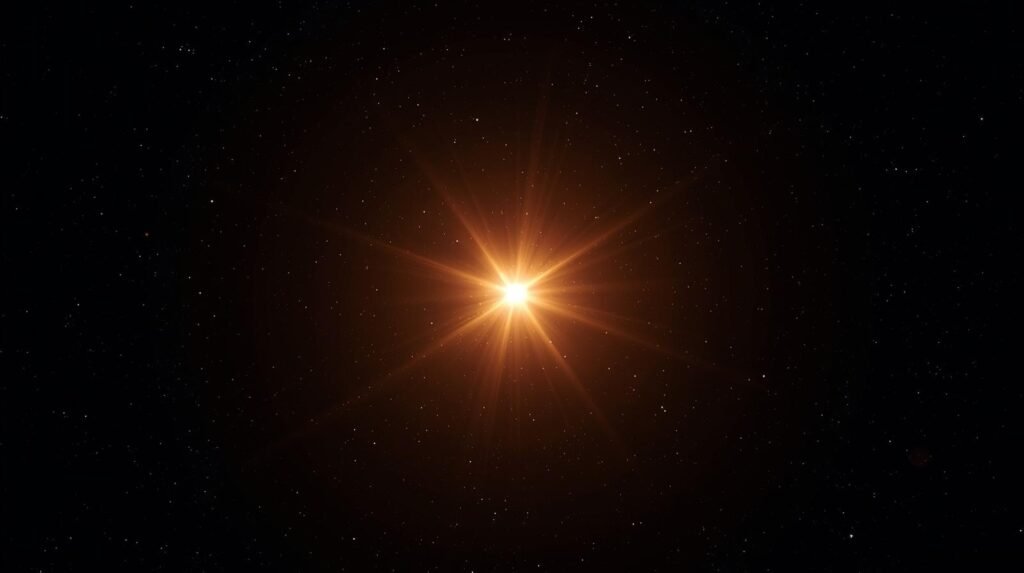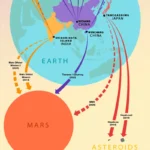A Signal That Made Scientists Say “Wow!”
On August 15, 1977, a radio telescope in Ohio — nicknamed the Big Ear — picked up something strange. For exactly 72 seconds, it detected a powerful, narrow-band radio signal that seemed to come from deep space, near the constellation Sagittarius.
When astronomer Jerry Ehman reviewed the data days later, he was so astonished by the strength and clarity of the signal that he wrote “Wow!” in red ink next to it. That word became its name — The Wow! Signal — and it remains one of astronomy’s greatest mysteries.
What Made It So Special?
The Wow! Signal wasn’t just strong — it was focused on one frequency, around 1420 MHz, the same frequency emitted by hydrogen, the most common element in the universe.
This detail made scientists think: if any intelligent civilisation were trying to communicate, hydrogen’s universal frequency would be a logical choice. It’s like saying, “We all know this station.”
Unlike natural radio sources (which fluctuate or spread across multiple frequencies), the Wow! Signal appeared sharp, precise, and intentional — just like a message.
And yet… it only lasted 72 seconds, and it never repeated.
What Could Have Caused It?
Over the years, scientists have explored every possibility:
- A passing comet?
In 2017, one astronomer proposed it came from a hydrogen cloud around a nearby comet (266P/Christensen). But this theory didn’t fit the data — the comet wasn’t actually in the right spot at the right time. - A satellite or aircraft?
Unlikely. The signal didn’t move like an Earth-based transmission, and Big Ear was designed to ignore local interference. - Natural cosmic source?
No known natural object produces a signal so clean and strong at that frequency. - Alien message?
This remains the most exciting — but also most uncertain — explanation. Scientists have searched the same patch of sky hundreds of times since 1977, but the signal has never returned.
A New Twist — A Star That Matches Our Sun
In recent years, Spanish astronomer Alberto Caballero made an intriguing discovery. Using data from the European Space Agency’s Gaia telescope, he searched the region of the sky where the signal came from and found a star almost identical to our Sun, about 1,800 light-years away.

This star could, in theory, host a planet capable of life — making it a prime target for future searches.
It doesn’t prove aliens sent the signal, but it gives scientists a new place to look.
Why We Still Talk About It
The Wow! Signal captured our imagination because it showed how fragile — and fascinating — our connection to the universe is. It was a single whisper in the cosmic noise, a 72-second event that made humanity look up and ask,
“Are we alone?”
Even today, SETI (Search for Extraterrestrial Intelligence) projects scan the skies for similar narrow-band signals, inspired by that one mysterious event from 1977.
What If It Was Real?
If it truly came from intelligent life, it means that somewhere out there, another civilisation has the technology — and curiosity — to reach out across the stars. But for now, without a repeat signal, we may never know.
The Wow! Signal remains what its name suggests: a cosmic “Wow” — brief, brilliant, and unsolved.











